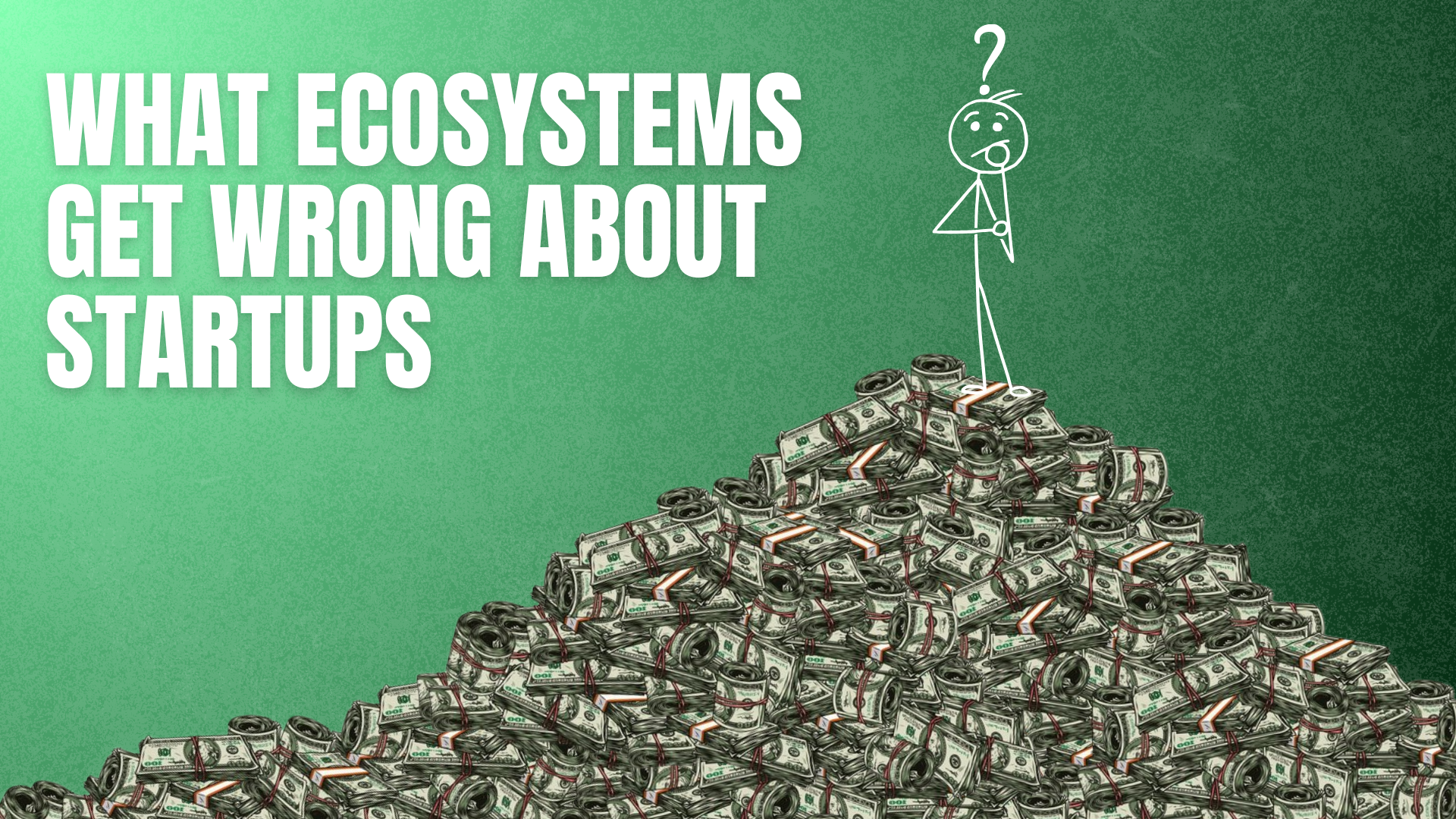
AI Is Not Killing Software as a Service (SaaS)
Everywhere I go online, I see people claiming that SaaS is dead — that AI is going to wipe out the entire business model. There’s a mindset among “vibe coders” (and yes, I’m one of them) that this new freedom to build anything with AI means SaaS is finished.
That idea doesn’t hold up. In most cases, AI itself is a SaaS product, so claiming it will end the SaaS model makes no sense. Let’s talk about why the claim is weak and what is actually happening.
The Vibe Coder Fallacy
There’s one main reason people say SaaS is doomed: if AI can build everything quickly, there’s no need to pay for anything.
At first glance, that sounds reasonable. In reality, it shows a lack of experience. I’ve been a software engineer my entire career, and in the last six months, I’ve built ten times more products and tools without writing code. Vibe coding is powerful. You can build almost anything you want.
That’s the power of vibe coding: it lets you bring almost any idea to life, fast.
Experience also teaches you that just because you can doesn’t mean you should. Here’s the truth: most companies could build 100 percent of the software they already pay for. That has always been true. The reason they don’t is not the build cost, it’s the maintenance cost.
Maintenance Is the Real Cost
Can AI also handle maintenance? Not really.
Maintaining software goes far beyond code. It includes servers and infrastructure, customer support, security, documentation, and training. You could assign different AI agents to each piece, but when something breaks, time and attention are still required. Maybe another agent can diagnose the issue…but what if it can’t?
AI will build a lot of tools, automations, and core systems. Think back to when smartphones hit the market. They didn’t replace work — they accelerated it. AI will do the same. It will multiply what established companies can do while leaving plenty of room for specialized SaaS that solves focused problems very well.
SaaS Isn’t Dead. It’s About to Boom.
The ability to spin up a SaaS product is exploding. Tools like Lovable, Replit, Bubble, and Claude make it fast to ship. Millions of new products and services will show up over the next year. Most of them will be bad.
We’re about to see software that looks and feels like the 1990s again, with clunky interfaces and awkward flows. Everyone can build a product now, but not everyone can build a good one. The bottleneck is not AI — it’s the guidance and taste of the person directing it.
A Shift in Power Is Coming
For most of my career, developers held the power in product development. They earned the most, steered implementation, and kept products alive. That balance is changing.
As AI lowers the barrier to creation, influence shifts to people with UI and UX skills. They make products feel clear and natural. They guide the build process so the result fits human needs.
Developers who add strong UI and UX fundamentals to their engineering skills will become the new unicorns. They will be the most sought after, the best paid, and the most influential voices in product decisions.
SaaS Is Evolving, Not Ending
I see this in my own work. I blend traditional coding with vibe coding and can spin up almost anything. Startups are rolling their own CRMs, project tools, and direct API integrations instead of leaning on automation layers.
One example of this evolution is Asia Orangio’s journey, As the founder of DemandMaven, Asia built a SaaS growth consultancy that helps early-stage startups find traction and scale sustainably.
Her story captures exactly what’s happening across the industry. AI might automate parts of marketing or product development, but it can’t replace the deep understanding of customer psychology and value that successful SaaS founders like Asia bring. Instead of fearing automation, founders who approach AI the way Asia approaches growth, seeing it as a multiplier rather than a threat, will lead the next generation of enduring SaaS companies.
Niche SaaS will feel the pressure. Zapier is a good example. With direct API connections, I can skip the middle layer and save hundreds each month. AI makes that easier for a small and innovative team.
But the logic that drives SaaS purchases has not changed. No one hires a cleaning service because they can’t take out the trash. They hire one to save time and focus on what matters. AI will amplify this. Focus becomes even more valuable as businesses expand what they offer to stay competitive.
Startups should stay scrappy, but don’t get lost building when you should be selling, marketing, and improving your core product.
There is a reason businesses pay for things instead of doing everything themselves. That won’t change.
Businesses pay for efficiency, reliability, and focus. With AI in the mix, those benefits matter even more. SaaS is not dead — it’s getting ready for its next big wave.





